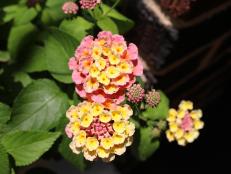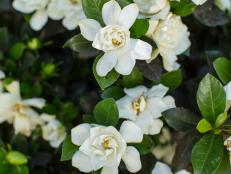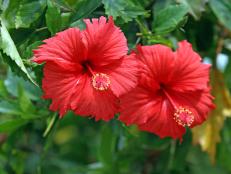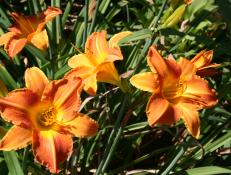Growing Sweet Peas Flowers
Lots of blooms, lots of color and great fragrance--sweet peas have everything you could want in a flower.
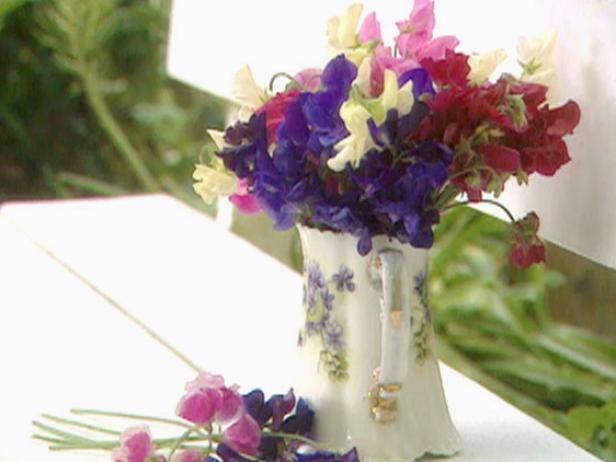
Traditional garden flowers don't get much sweeter than colorful sweet peas. Members of the legume family, these vines have twined their way through yards around the world for centuries.
"Sweet peas are very old flowers," says seedsman Renee Shepherd. "They're all heirlooms. The first sweet pea was discovered by a monk on an island off the coast of Sicily in 1699." By the 19th century, hybridizers began cultivating larger, more colorful versions of the sweet pea — similar to the flowers we know and love in this century.
The Best Flowers to Plant in Spring 10 Photos
When robins sing to welcome spring, grab your trowel for planting. You can tuck all kinds of plants into your yard as spring unfolds, and watch the magic unfurl as April showers bring May flowers.
Most of the varieties planted today are vining annuals, but there are also some cold-hardy perennial forms that come back year after year from the roots. Or maybe you need a groundcover? Explorer sweet peas are knee-high varieties that grow about 2-1/2 to 3 feet tall. You can have them in all of your beds and borders without needing vertical climbing vines.
And you can still find species sweet peas reminiscent of those discovered by the Italian monk of centuries past.
Sweet peas may be height hogs, but they take up very little ground space. All they really need is some support. Their tendrils grip onto supports and the plants climb easily up to six, seven or eight feet tall.
Sweet peas are considered cool-season annuals. They shine when the temperature is cooler than 85, but nothing spells defeat like drying wind and heat.
If mild weather is fleeting in your neck of the woods, the sheer number of blooms that you'll get even in a short period of time makes sweet peas well worth the effort. You may just need a few of Shepherd's tricks of the trade:
When to Plant Sweet Peas
In mild climates, you can actually plant sweet peas in the fall to overwinter and develop their root system and then burst into bloom in early spring. For colder climates, plant early in the year for late-spring blooms. Seeds germinate best when the soil temperature is between 55 and 65 degrees. For optimum results, Shepherd uses rich, well-drained soil.
How to Plant Sweet Peas Flowers
- Prepping the bed is easy; just work the soil and break up any clumps. Adding aged compost gives the soil tilth.
- Make a trench about an inch deep. You can use a nifty tool to make the trench — or just your fingers.
- Nick the edge of the seed coat with an ordinary nail clipper to improve germination and allow moisture to penetrate the seed coat easily.
- Then drop the seeds in the bottom of the trench about two or three inches apart. One row is all you need for plenty of sweet peas in any given area. Then push the soil back over the trench, pat it down and water it in well.
Sweet Peas Growing Tips
- Use an organic snail bait and bird netting until the vines are four to six inches high. Snails, slugs and birds all consider young sweet pea seedlings good eating.
- Encourage bushiness. When the vines are four to six inches high, pinch off the growing tips and to send the little seedlings a signal to send out more side branches.
- Provide support. Sweet peas are naturally twining vines so just give them something to crawl up on.
- Cut frequently. Pruning encourages more blooms.
- Eventually summer heat will end the production of blooms. When that happens, simply pull up the plants and throw them on the compost pile.
- Experiment with different colors and fragrances till you find the varieties you love. After all, sweet peas make the perfect flower — indoors as well as out.
- Your reward for growing these fabulous flowers — armfuls and dozens of bouquets that you can enjoy yourself.
Caution: Sweet peas are in the legume family, but don't eat them!







